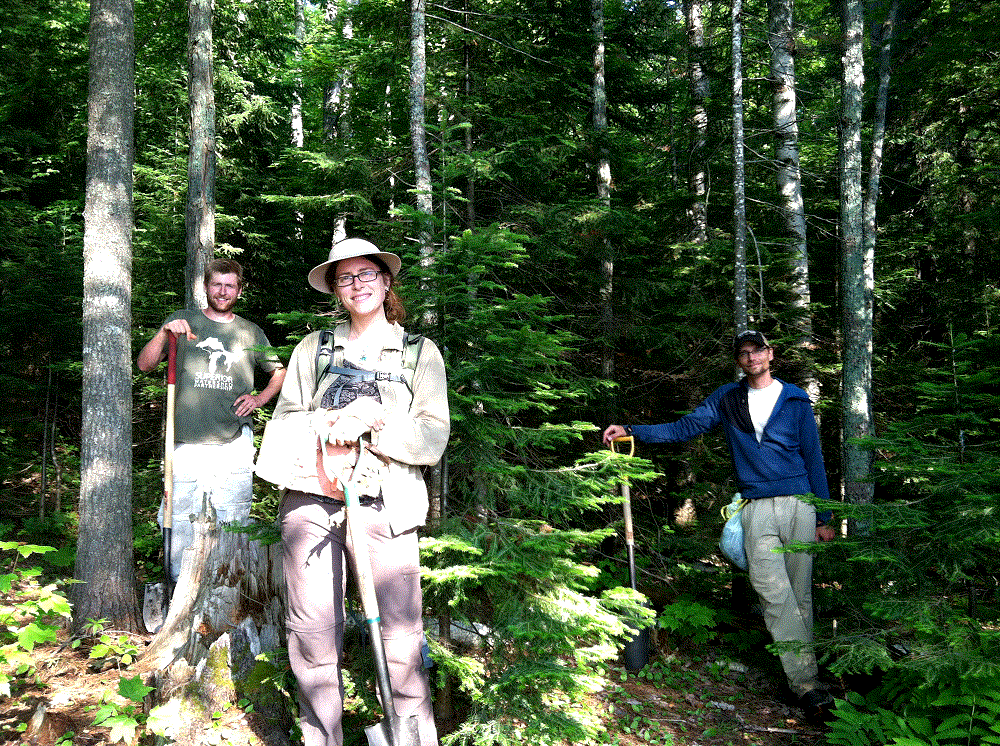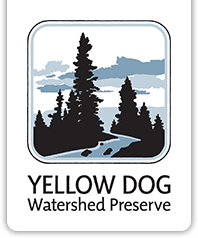
Blog > McCormick Wilderness Wetland Restoration Project
McCormick Wilderness Wetland Restoration Project

In 2009, with a grant from the National Forest Foundation, YDWP sent a field crew to the McCormick Wilderness Area to survey and prioritize the impact of all non-native invasive species (NNIS). The European Swamp Thistle, Cirsium palustre, had become well-established in sensitive wetland areas and was the largest threat to native ecosystems due to its tendency to crowd out other plants and reproduce rapidly. The swamp thistle was selected as the priority invasive species of concern. In 2011, YDWP received another grant from the National Forest Foundation to begin removing Cirsium palustre. With great success, we removed thistles from acres of threatened wetlands and trails. When we returned to the McCormick in 2012 we saw a decrease in the population, but still the number of plants far exceeded any other invasive species in that area. So, in 2013 we applied for and received another grant from the National Forest Foundation to continue with the ongoing project.
Over the 2013 season, numerous partners and volunteer groups joined our crew. We would really like to thank participating groups, which included: 4-H Teen Wetlands Team, Cedar Tree Institute, Patagonia, Tree Musketeers, Friends of the McCormick, the Zender & Dale family, Nathan Meadows, and the Superior Watershed Partnership who also helped organize workdays with the Keweenaw Bay Indian Community Youth Crew and the Central Upper Peninsula Cooperative Weed Management Area. We would also like to thank volunteer Dan Cardin of Red Beard Technologies for helping us use innovative technology to collect field information. With a grant from the Norcross Foundation we purchased equipment to collect non-native invasive species location and infestation data remotely. The DataDroid app tabulated our database on a server and allowed us to download the information instantly, sparing us days of data entry.
YDWP has determined that, together, we have removed about 314,179 square feet of non-native invasive swamp thistle, which is more than 7 acres of trails and wetlands, and approximately 10,000 plants! Additionally, we replanted over 2.5 acres of trails and wetlands with native seed to repair the disturbed soil and increase habitat for bees and spiders. The native seed was specifically chosen for the McCormick wetlands and trails by the Ottawa National Forest, who also donated all of the trail seed for this project. We would like to thank all of our volunteers and partners for their hard work and dedication to keeping the U.P. as wild and beautiful as possible. If you would like more information please contact us. We will be looking for volunteers to help with the next season soon.
Founded by Congress in 1991, the National Forest Foundation works to conserve, restore and enhance America’s 193-million-acre National Forest System. Through community-based strategies and public-private partnerships, the NFF helps enhance wildlife habitat, revitilizes wildfire-damaged landscapes, restores watersheds, and improves recreational resources for the benefit of all Americans. http://www.nationalforests.org

